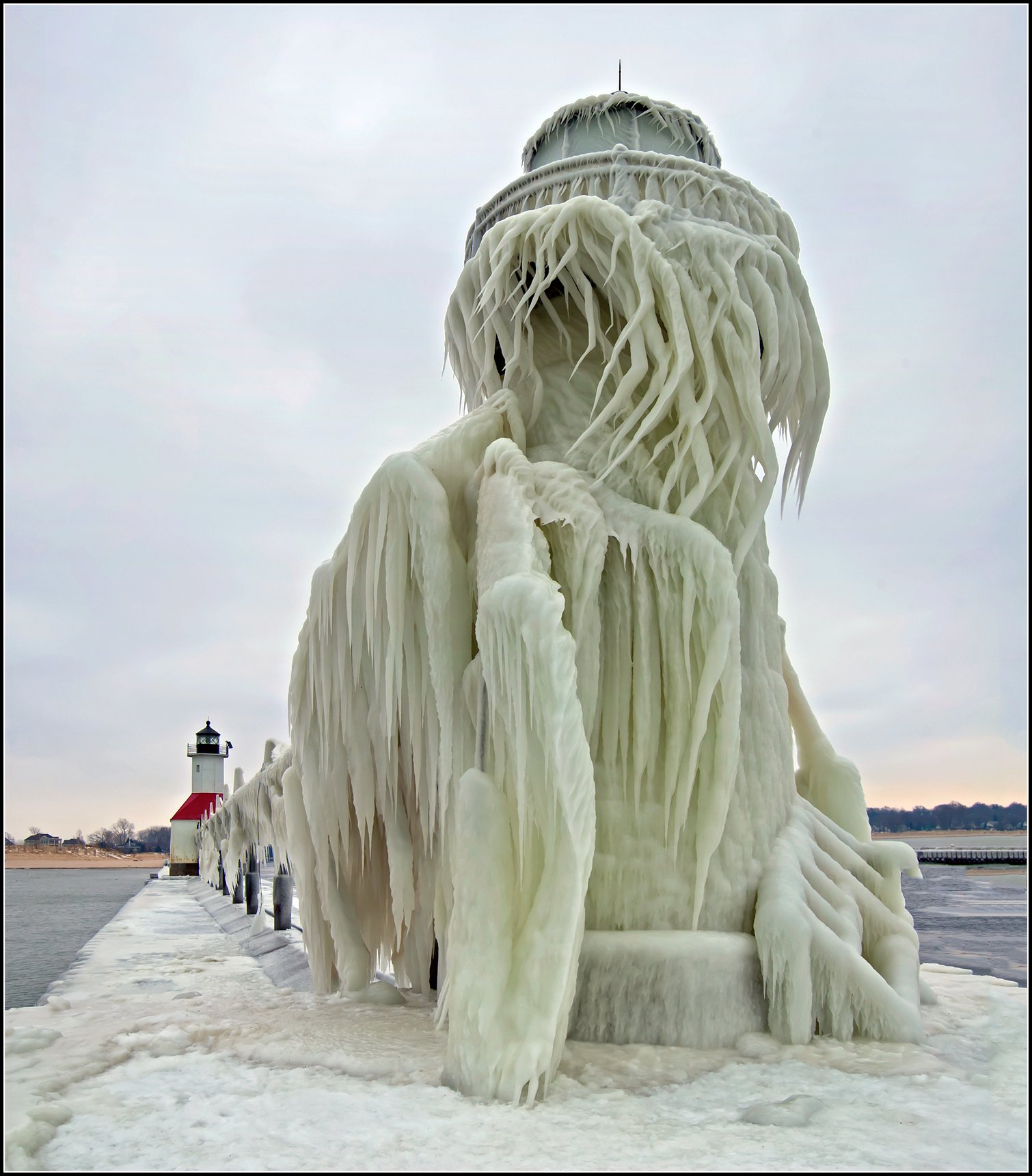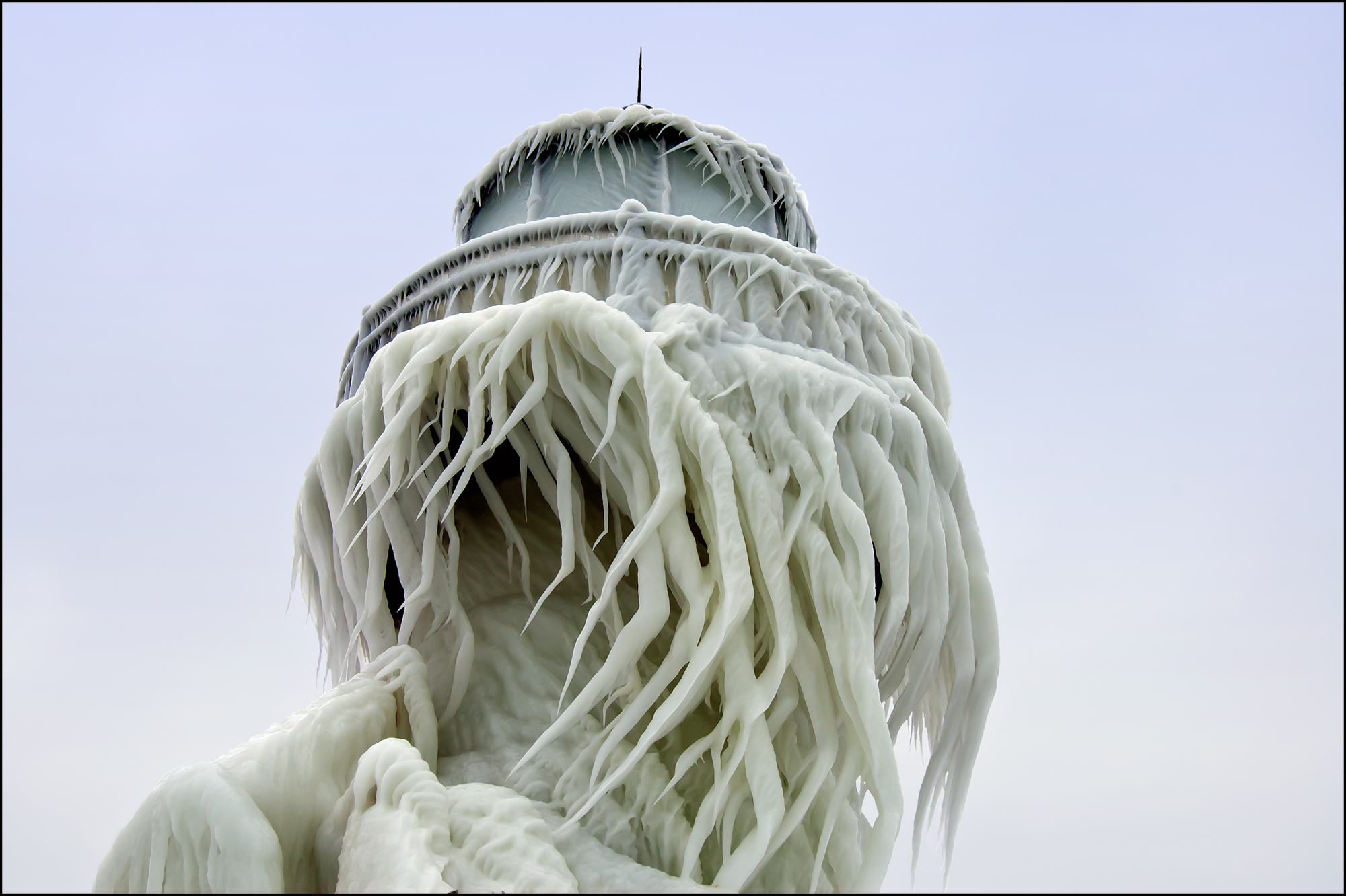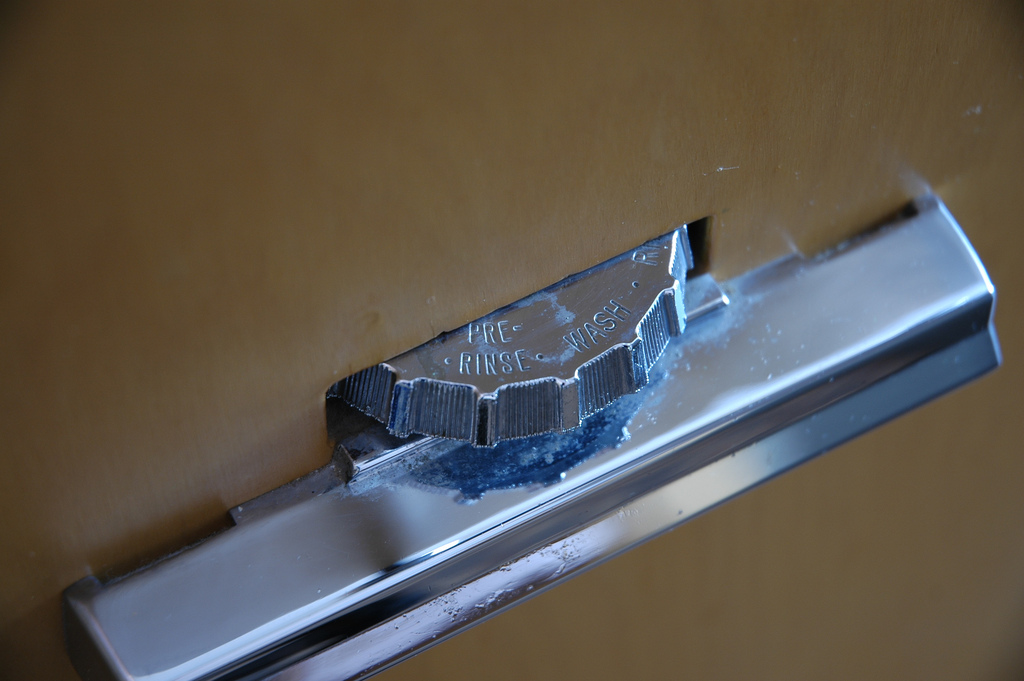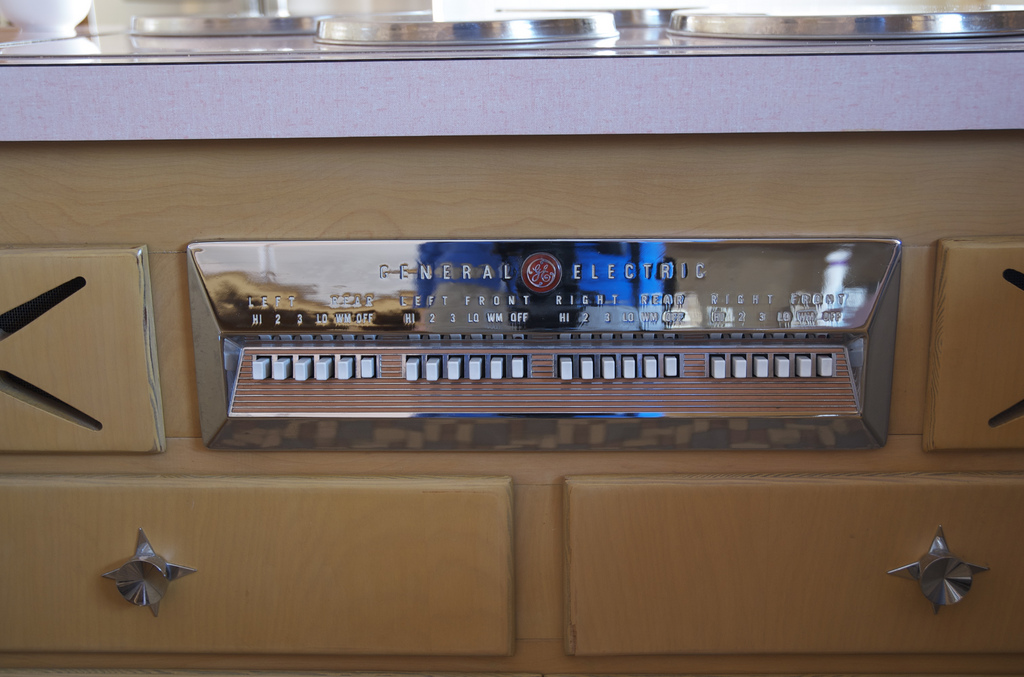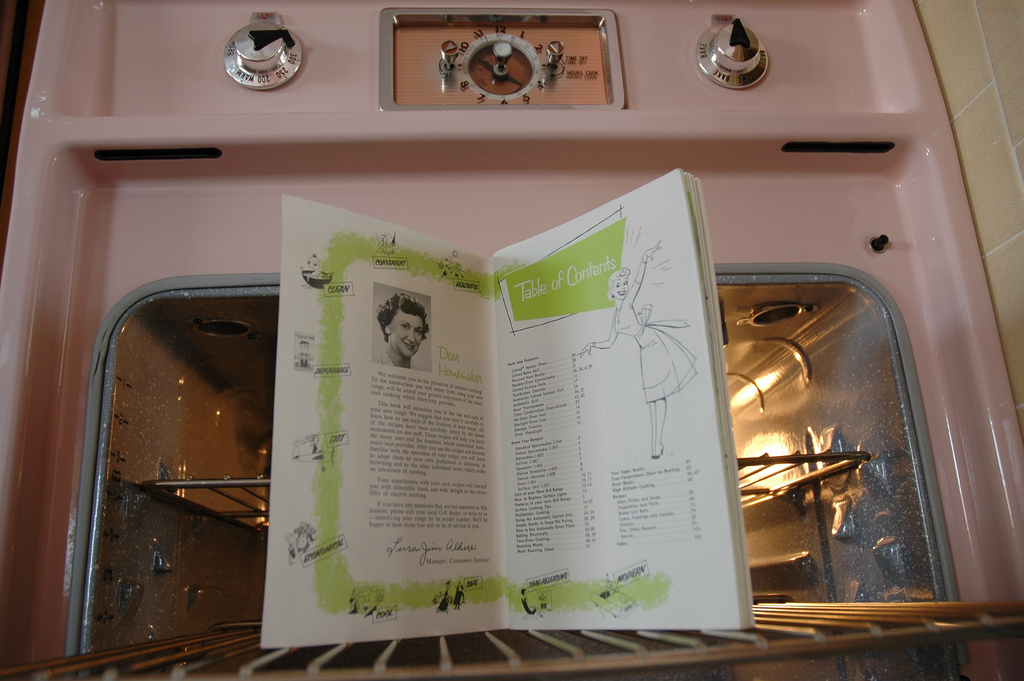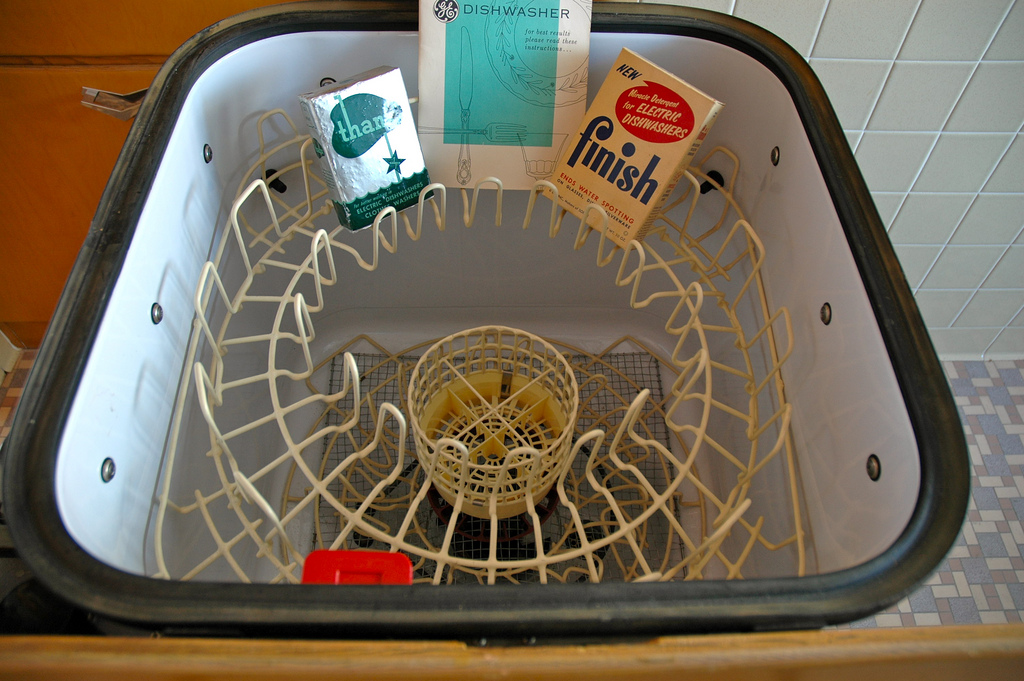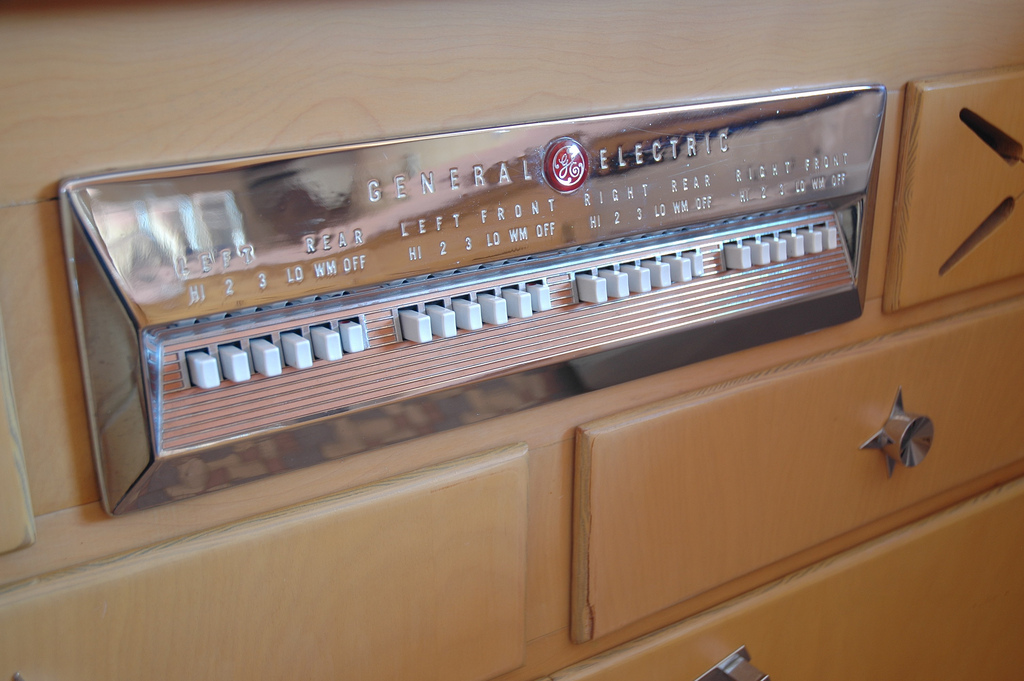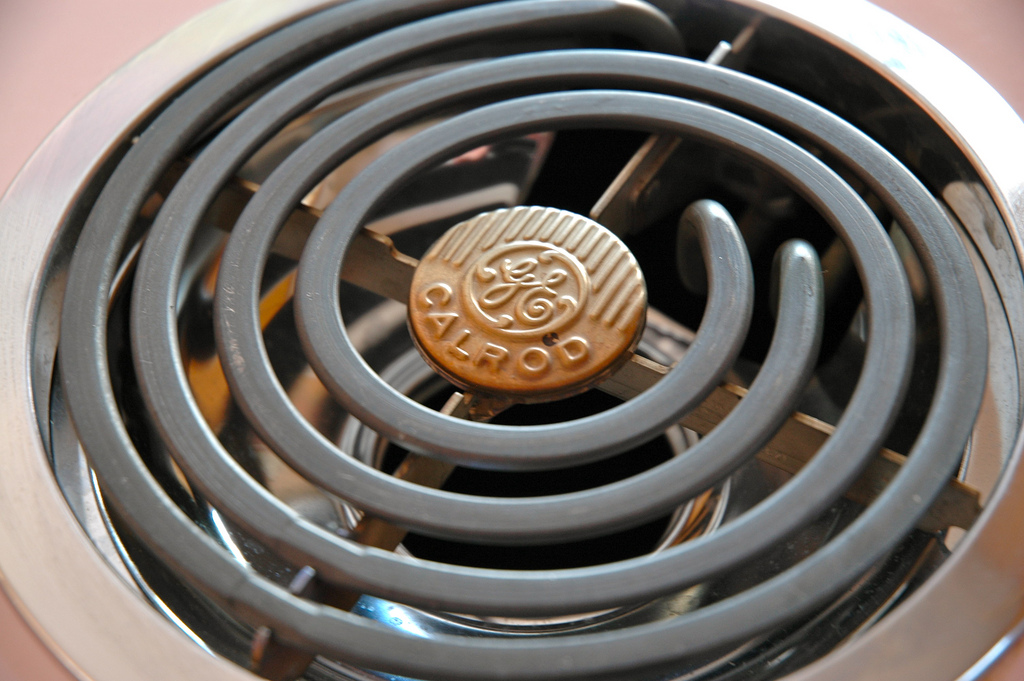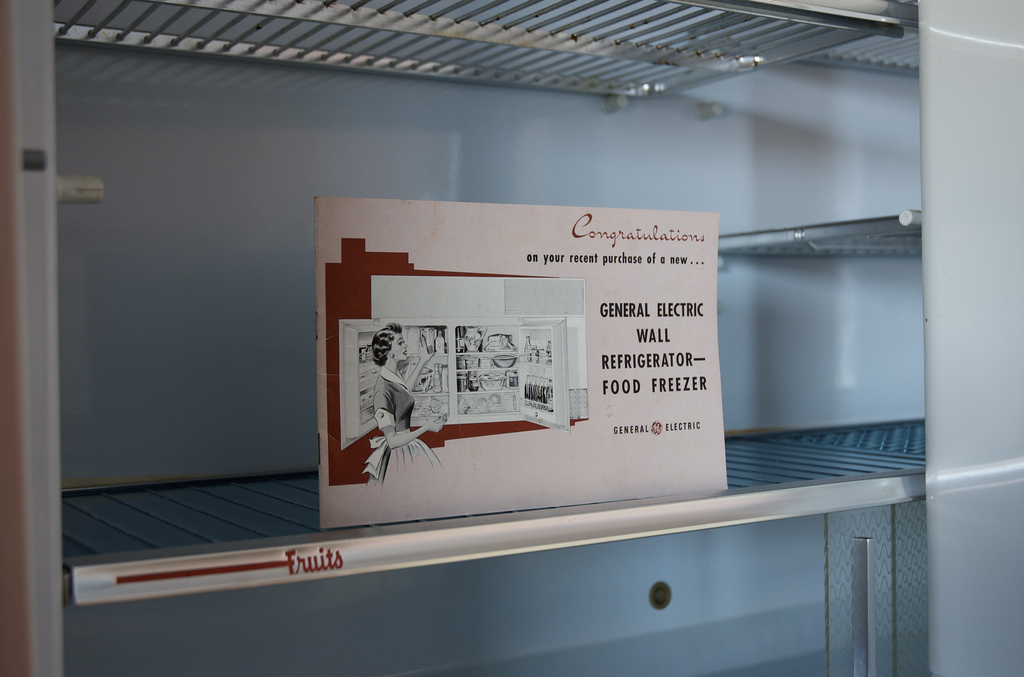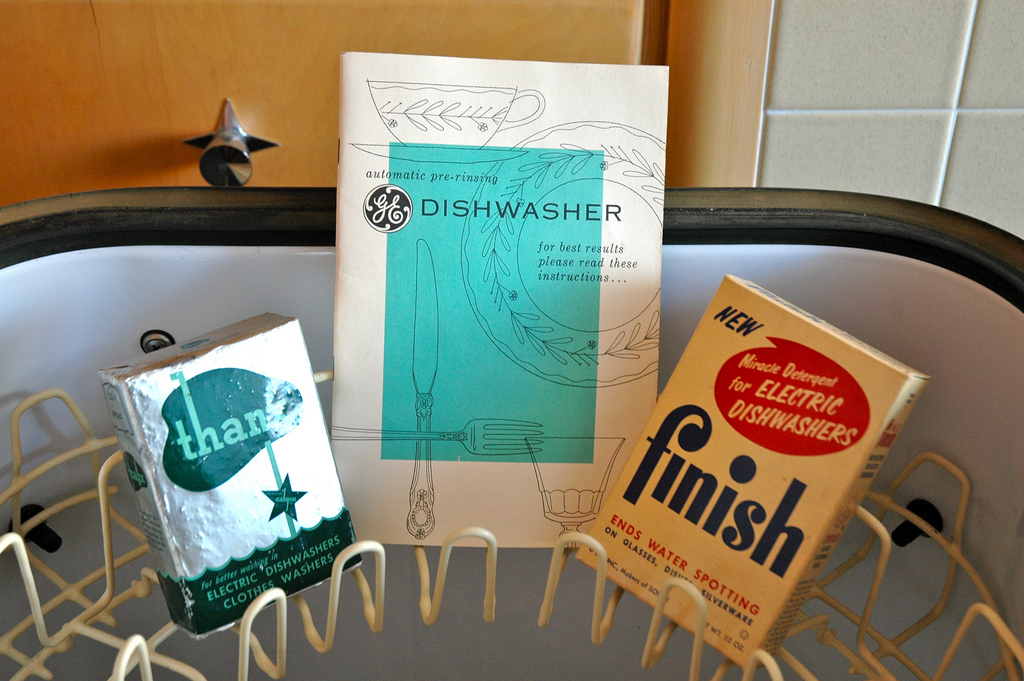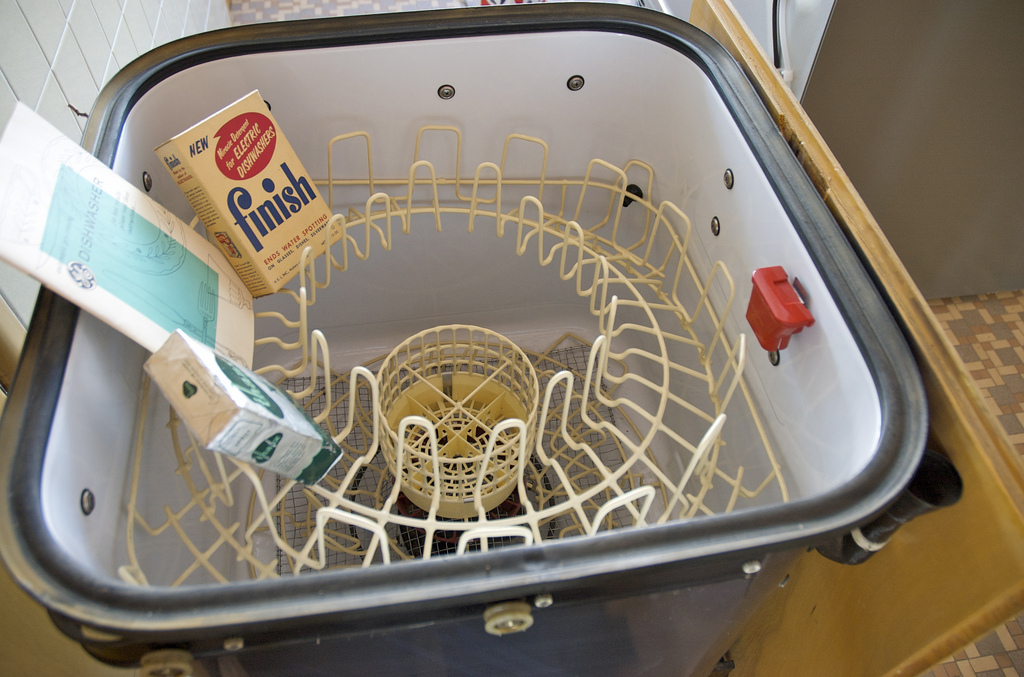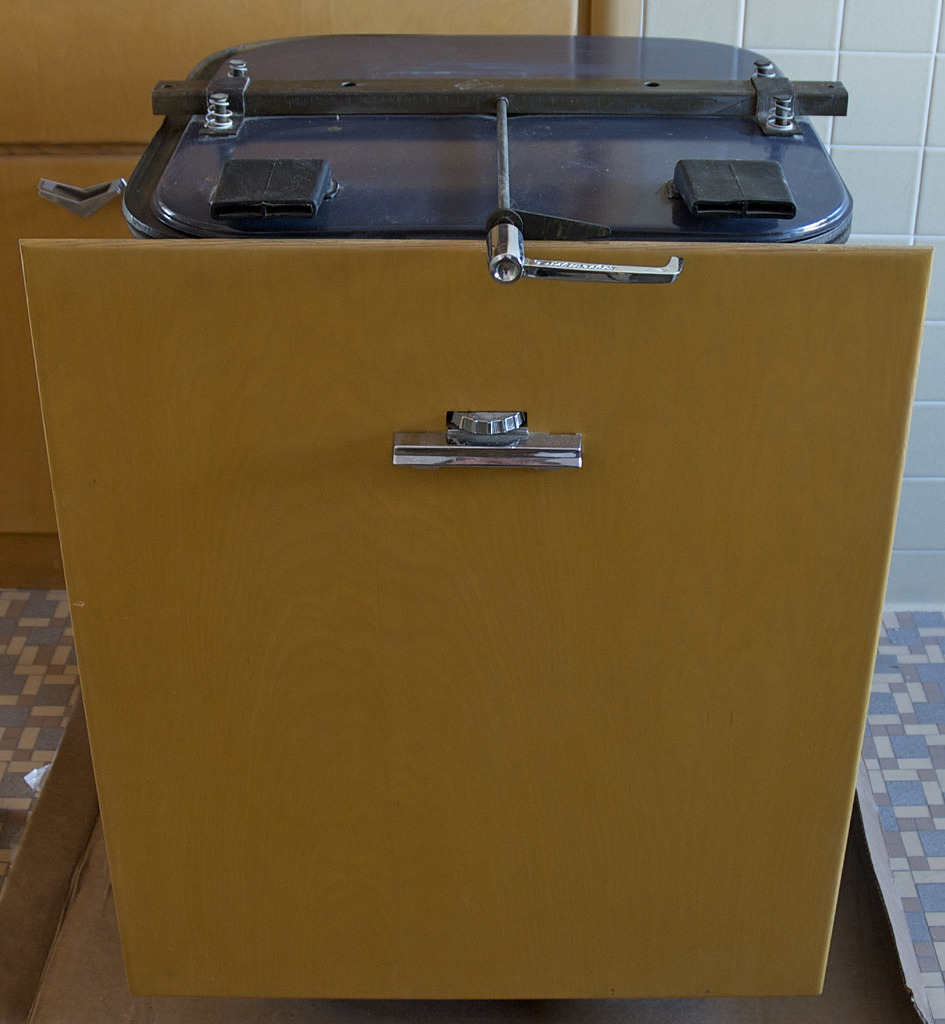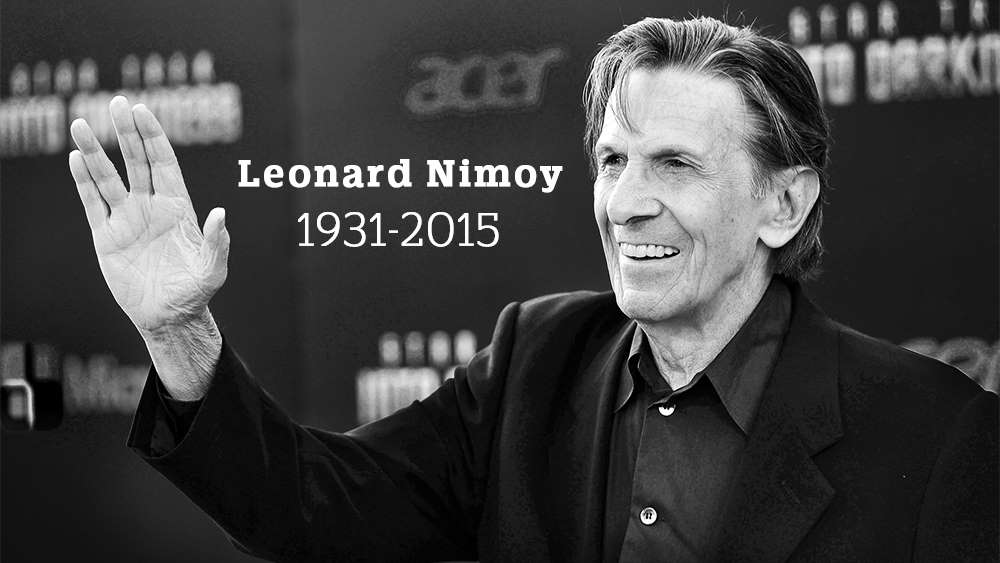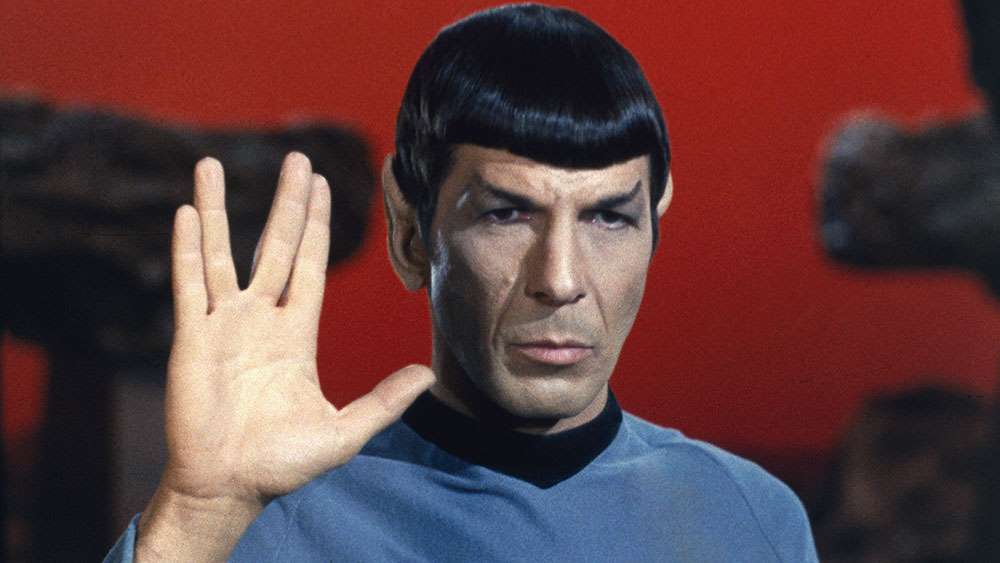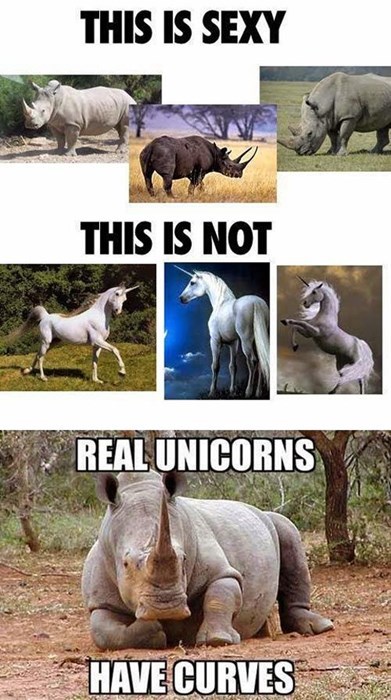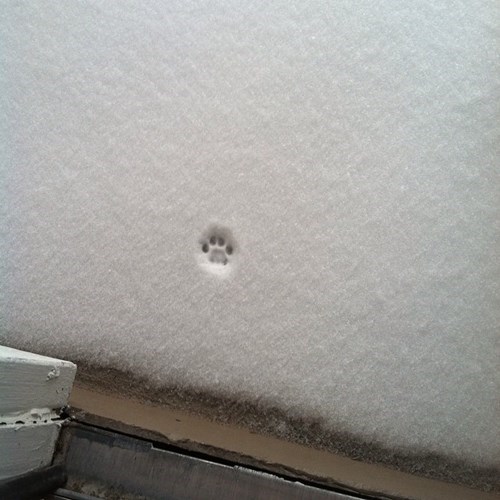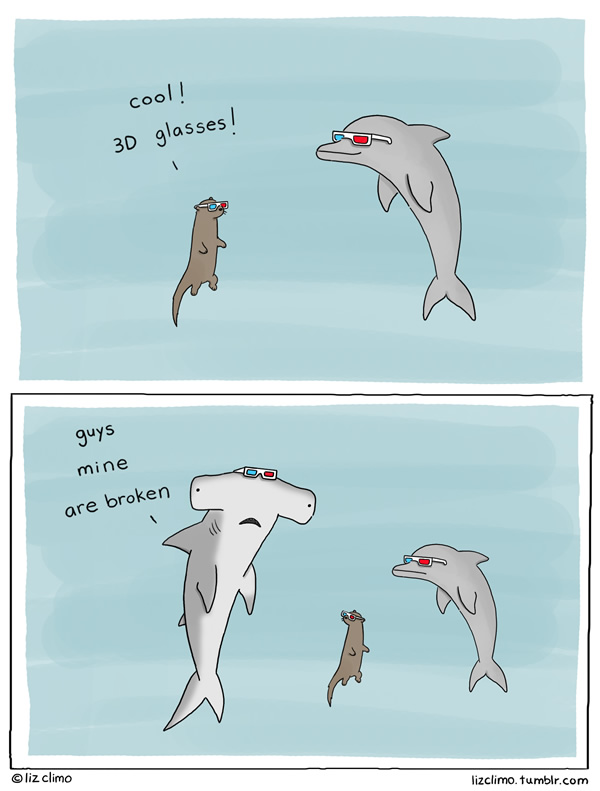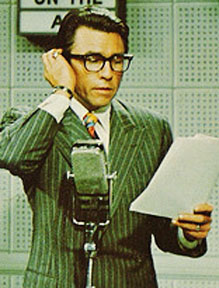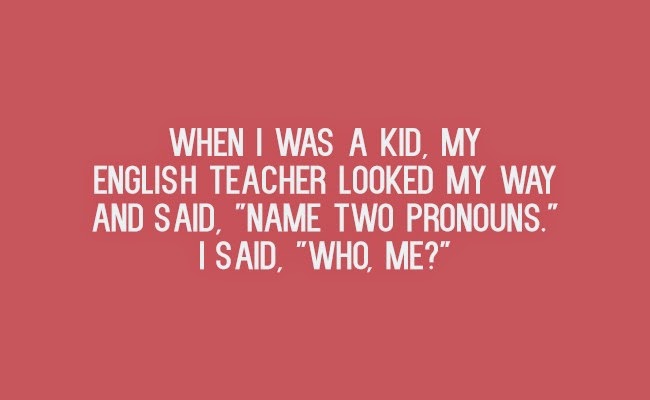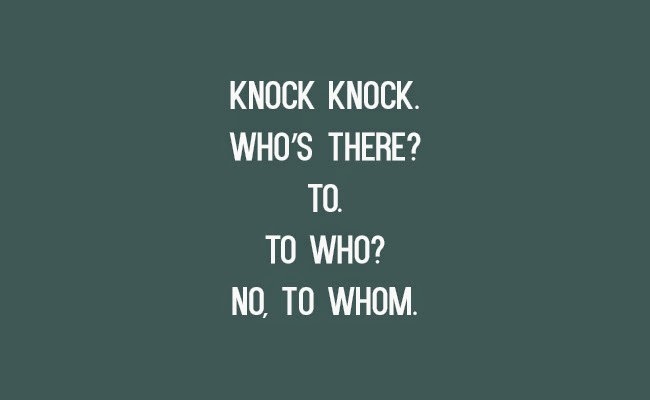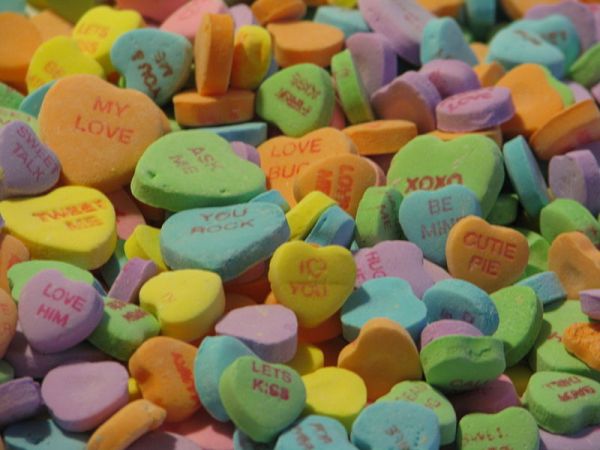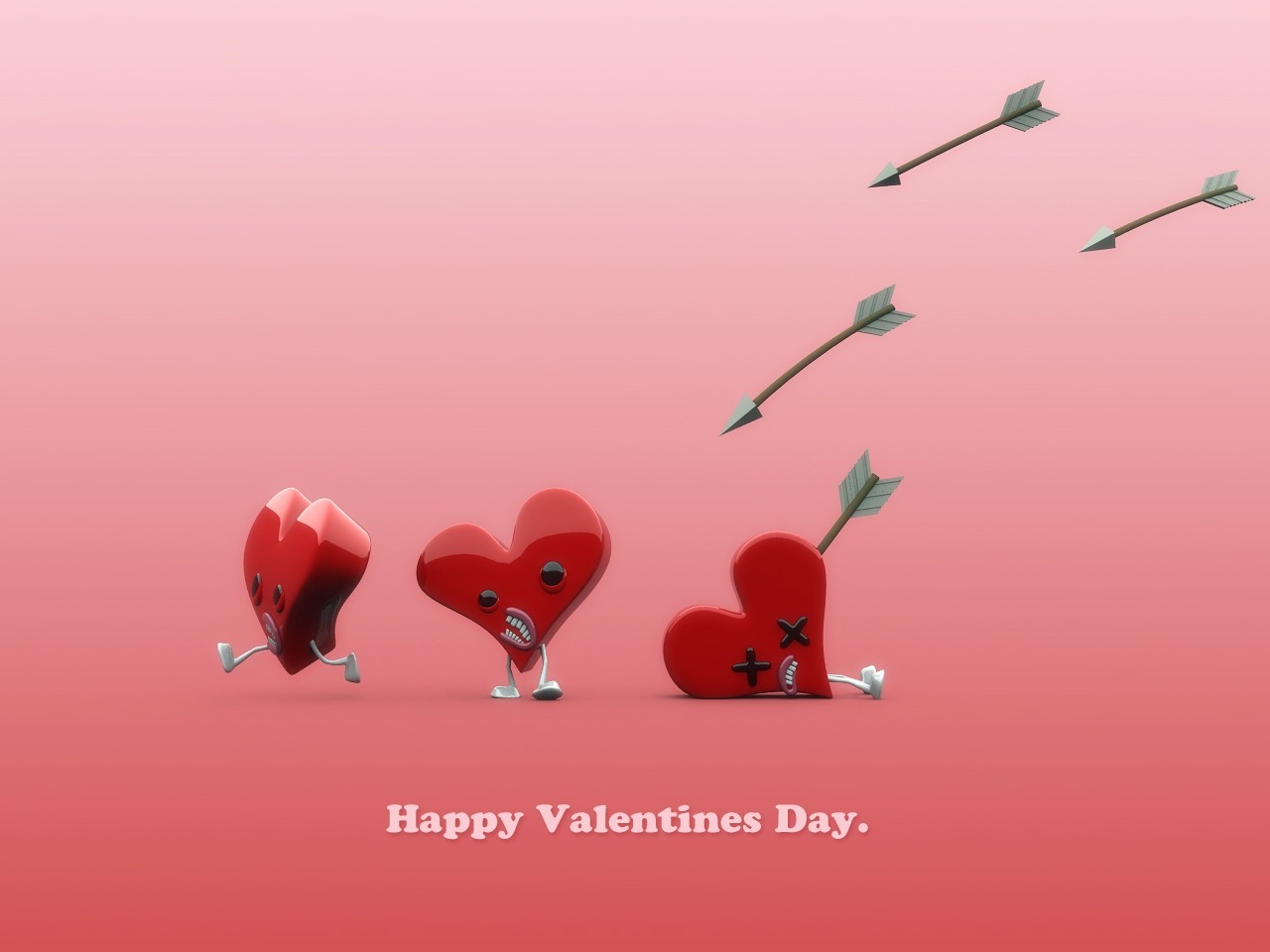- Andy
- Beef on Weck
- Being a Mother
- Chili Cook-off
- Communication (Gazebo)
- Daddy
- Everyone has an Angel
- Family
- Gonna be a Bear
- Harrison Bergeron
- Mute and Alone
- Privacy Policy
- Rikki-tikki-tavi
- Scientists Study Grizzly Bears
- Ship vs. Lighthouse
- Snowvember (Buffalo 2014)
- Somebody…
- The Present
- The Soldier
- The Star
- Winter
- 11foot8.com
- 365 Tomorrows
- 7 into 28
- A Tale of Two Brains
- Alien to Covenant – History of Alien
- Am I Unique
- AMARC
- American Muscle Car Museum
- Andre Rieu
- Antipodes Map
- Ark in Space
- Azure Status
- Blizzard of '77
- Broken Chains
- CDC – Flu
- Christmas Forever AZ
- Coldest City on Earth
- Creations for Charity (Lego)
- Cruise.com
- Curb Watching
- D&D Beyond
- D&D Beyond to FG Character Converter
- Daily Fuel Gauge Report
- Dinosaur Earth
- DMs Guild
- Dofo
- Dr. Demento
- DriveThru RPG
- Dungeon in a Box
- Dyson’s Dodecahedron
- Fantasy Name Generator
- Farmer's Donkey
- Fast Character
- Flixable
- Gaming Table
- Genius
- Geo Guesser!
- Hack The Menu
- Hackers for Charity
- Hadzy
- Have I been Pwned
- HexRoll
- How to remove a tick (properly)
- Identity Theft Resource Center
- Leak Lookup
- Line Rider – Hall of the Mountain King
- Make My Drive Fun
- Mapologies
- Marine Traffic
- MathPapa
- MechWarrior Online
- Medieval Murder Maps
- Meteor Shower Calendar
- Mini Building Materials
- Monterey Bay Aquarium
- MyAbandonware
- Nah! I just might be in there!
- National Do Not Call Registry
- No More Ransom
- NOAA – Louisville
- Nobody Live
- Norse Cyber Attack Map
- OCEARCH.org
- Omega Game Shrine
- Out of the Woods Forestry
- Overt
- PC Gaming Wiki
- Percheron
- Periodic Stats
- Periodic Videos (TED)
- Permethin Fact Sheet
- Pigeon Key Foundation
- Project 44
- pTable
- Pumpkin Pile
- Random Restaurant Generator
- Rankin/Bass – Wikipedia
- ReelGood
- RockAuto
- Roll20 Enhancement Suite
- Schimpff's
- Scuba Shooters
- Sinking of the Titanic
- Smoky Mountain Fall Foliage Map
- Speedsums
- SR-71 Speed Check
- Steam Status
- Still Tasty
- StreamSquid
- Sunken Ships of the Second World War
- Super Slice!
- Swedish Fish
- Taste Dive
- TBSP (TaBleSPoon)
- The Louvre
- The Oz Museum
- The Strong National Museum of Play
- They Can Talk
- This Beat Goes on/Switchin' to Glide
- Tick Removal (CDC)
- Trappistine Candy
- Vacation Rentals By Owner
- Vehicle Privacy Report
- VPNFilter Check
- War Puppets Rise to Heaven
- Weather Back Home
- WebGL Water
- Whalers on the Moon
- What's New on Netflix
- Who's On First
- Why are Jacks called Jacks?
- Wild Spirit
- Window Swap
- WKRP Turkey Drop
- Wordcount
- World's Hottest Chocolate Bar
- WWII Portraits of Honor
- April 2024
- March 2024
- February 2024
- January 2024
- December 2023
- November 2023
- October 2023
- September 2023
- August 2023
- July 2023
- June 2023
- May 2023
- April 2023
- March 2023
- February 2023
- January 2023
- December 2022
- November 2022
- October 2022
- September 2022
- August 2022
- July 2022
- June 2022
- May 2022
- April 2022
- March 2022
- February 2022
- January 2022
- December 2021
- November 2021
- October 2021
- September 2021
- August 2021
- July 2021
- June 2021
- May 2021
- April 2021
- March 2021
- February 2021
- January 2021
- December 2020
- November 2020
- October 2020
- September 2020
- August 2020
- July 2020
- June 2020
- May 2020
- April 2020
- March 2020
- February 2020
- January 2020
- December 2019
- November 2019
- October 2019
- September 2019
- August 2019
- July 2019
- June 2019
- May 2019
- April 2019
- March 2019
- February 2019
- January 2019
- December 2018
- November 2018
- October 2018
- September 2018
- August 2018
- July 2018
- June 2018
- May 2018
- April 2018
- March 2018
- February 2018
- January 2018
- December 2017
- November 2017
- October 2017
- September 2017
- August 2017
- July 2017
- June 2017
- May 2017
- April 2017
- March 2017
- February 2017
- January 2017
- December 2016
- November 2016
- October 2016
- September 2016
- August 2016
- July 2016
- June 2016
- May 2016
- April 2016
- March 2016
- February 2016
- January 2016
- December 2015
- November 2015
- October 2015
- September 2015
- August 2015
- July 2015
- June 2015
- May 2015
- April 2015
- March 2015
- February 2015
- January 2015
- December 2014
- November 2014
- October 2014
- September 2014
- August 2014
- July 2014
- June 2014
- May 2014
- April 2014
- March 2014
- February 2014
- January 2014
- December 2013
- November 2013
- October 2013
- September 2013
- August 2013
- July 2013
- June 2013
- May 2013
- April 2013
- March 2013
- February 2013
- January 2013
- December 2012
- November 2012
- October 2012
- September 2012
- August 2012
- July 2012
- June 2012
- May 2012
- April 2012
- March 2012
- February 2012
- January 2012
- December 2011
- November 2011
- October 2011
- September 2011
- August 2011
- July 2011
- June 2011
- May 2011
- April 2011
Monthly Archives: February 2015
Preserved 1950s Kitchen, Exactly As It Was Built
It’s a stunning time capsule that owner Nathan Chandler never expected to find. He’s a furniture designer who purchased a house in 2010. The original owners had the place built and furnished. But for unknown reasons,* they never lived there. The kitchen has everything that a middle class American family in the 1950s could want. It’s like stepping into a set from Mad Men.
The original appliances sit unused. Even the original product manuals are there.
Posted in Because I Can
Anniversary of the final episode of M*A*S*H
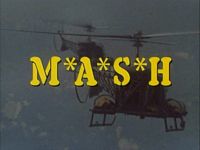
The series premiered on September 17, 1972, and ended on February 28, 1983, with the finale becoming the most-watched television episode in U.S. television history at the time.
“Goodbye, Farewell and Amen” was the final episode of M*A*S*H. Special television sets were placed in PX parking lots, auditoriums, and dayrooms of the US Army in Korea so that military personnel could watch that episode; this in spite of 14 hours’ time zone difference with the east coast of the US. The episode aired on February 28, 1983, and was 2½ hours long.
Posted in Because I Can, The Little Screen (Television)
RIP Leonard Nimoy
Blatently borrowed from Wikipedia:
Leonard Nimoy was an American actor, film director, poet, singer and photographer. Nimoy was best known for his role as Spock in the original Star Trek series (1966–69), and in multiple film, television and video game sequels.
Nimoy was born to Jewish migrant parents in Boston, Massachusetts. He began his career in his early twenties, teaching acting classes in Hollywood and making minor film and television appearances through the 1950s, as well as playing the title role in Kid Monk Baroni. Foreshadowing his fame as a semi-alien, he played Narab, one of three Martian invaders in the 1952 movie serial Zombies of the Stratosphere. In 1953, he served in the United States Army.
In 1965, he made his first appearance in the rejected Star Trek pilot The Cage, and went on to play the character of Mr. Spock until 1969, followed by eight feature films and guest slots in the various spin-off series. The character has had a significant cultural impact and garnered Nimoy three Emmy Award nominations; TV Guide named Spock one of the 50 greatest TV characters. After the original Star Trek series, Nimoy starred in Mission: Impossible for two seasons, hosted the documentary series In Search of…, and narrated Civilization IV, as well as making several well-received stage appearances. More recently, he also had a recurring role in the science fiction series Fringe.
Nimoy’s fame as Spock was such that both of his autobiographies, I Am Not Spock (1975) and I Am Spock (1995), were written from the viewpoint of sharing his existence with the character.
Death
In February 2014, Nimoy revealed that he had been diagnosed with chronic obstructive pulmonary disease (COPD). On Twitter, he said: “I quit smoking 30 yrs ago. Not soon enough. I have COPD. Grandpa says, quit now!! LLAP (Live Long and Prosper).” On February 19, 2015, Nimoy was rushed to UCLA Medical Center for severe chest pains after a call to 911. According to accounts, he had been in and out of hospitals for the “past several months.”
Nimoy died on February 27, 2015 in his Bel Air home from final complications of COPD, according to his wife Susan. He was 83 years old, and is survived by Susan and his two children and six grandchildren from his first marriage.
A few days before his passing, Nimoy shared some of his poetry on social media website Twitter. The final tweet that he sent out read: “A life is like a garden. Perfect moments can be had, but not preserved, except in memory. LLAP”.
Shatner said of his friend “I loved him like a brother […] We will all miss his humor, his talent, and his capacity to love.”
Zachary Quinto, who portrayed the younger “Spock” character in films Star Trek and Star Trek Into Darkness, commented on Nimoy’s death: “my heart is broken. i love you profoundly my dear friend. and i will miss you everyday. may flights of angels sing thee to thy rest.”
George Takei stated: “The word extraordinary is often overused, but I think it’s really appropriate for Leonard. He was an extraordinarily talented man, but he was also a very decent human being. His talent embraced directing as well as acting and photography. He was a very sensitive man. And we feel his passing very much. He had been ill for a long, long time, and we miss him very much.”
Posted in Because I Can, Events, The Big Screen, The Little Screen (Television)
Happy Birthday, Johnny Cash
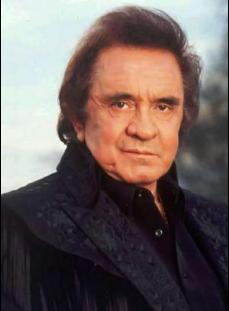
Johnny Cash (February 26, 1932 – September 12, 2003)
Johnny Cash, born J. R. Cash, was a Grammy Award-winning American country singer-songwriter. Cash is widely considered to be one of the most influential American musicians of the 20th century.
Cash was known for his deep, distinctive voice, the boom-chick-a-boom or “freight train” sound of his Tennessee Three backing band, his demeanor, and his dark clothing, which earned him the nickname “The Man in Black”. He traditionally started his concerts with the simple introduction “Hello, I’m Johnny Cash.”
He sold over 90 million albums in his nearly fifty-year career and came to occupy a “commanding position in music history”.
Posted in Because I Can, Music
RIP Chuck Jones
Charles Martin “Chuck” Jones (September 21, 1912 – February 22, 2002) was an American animator, cartoon artist, screenwriter, producer, and director of animated films, most memorably of Looney Tunes and Merrie Melodies shorts for the Warner Brothers cartoon studio.
In 1966, he produced and directed the TV special How the Grinch Stole Christmas.
He directed the Rudyard Kipling book adaptation of “Rikki-Tikki-Tavi“, which was released on January 9, 1975.
Posted in Because I Can, The Little Screen (Television)
RIP Gary Owens
Gary Owens (born Gary Bernard Altman) was an American disc jockey and voice actor. His polished baritone speaking voice generally offered deadpan recitations of total nonsense, which he frequently demonstrated as the announcer on Rowan & Martin’s Laugh-In. Owens was equally proficient in straight or silly assignments and was frequently heard on television, radio and in commercials.
He was best known, aside from being the announcer on Laugh-In, for providing the voice of the titular superhero on Space Ghost.
Owens provided the voices for:
- The title character of Roger Ramjet.
- The narrator for the cartoon series The Perils of Penelope Pitstop.
- The Space Ghost for the original Space Ghost (1966–1968) cartoon series (credited as Gary Owen).
- The announcer for Garfield and Friends.
- The Blue Falcon in Dynomutt, Dog Wonder.
- Opening narration for Buzz Lightyear of Star Command.
Posted in The Little Screen (Television)
History of the Conversation Heart
Valentine’s Day means chalky candy hearts with a lot to say. But what’s behind these very loud little candies?
The story of conversation hearts began in 1847, when a Boston pharmacist named Oliver Chase longed for a way to get in on the apothecary lozenge craze. Lozenges were quickly gaining steam as the medicine conveyance of choice, and were also popular remedies for sore throats and bad breath. But making lozenges was complicated and time-consuming—the process involved a mortar and pestle, kneading dough, rolling it out, and cutting it into discs that would eventually become lozenges.
There had to be a better way, and Oliver came up with it. Inspired by the new wave of gadgets and tools that hit America as it industrialized, he invented a machine that rolled lozenge dough and pressed wafers into perfect discs. Oliver had inadvertently created America’s first candy-making machine, and before long, he had abandoned his pharmacy business to crank out miles of what would become New England Confectionery Company (NECCO) wafers.
Legend has it that Oliver’s NECCO wafers were carried by Civil War soldiers, and some speculate that the tradition of sending loving greetings to the troops morphed into the conversation heart, but those claims are hard to verify. What is clear is that as Oliver built his candy empire, his brother Daniel decided he wanted a piece of the action.
Inspired by the growing market for Valentine’s cards (which were popularized in the United States by Esther Howland, also a resident of Boston at the time), Daniel wondered if it would be possible to print sentimental messages on candy. In 1866, he figured out a way to print words on candy with vegetable dye during the cutting process.
People loved conversation candies (they weren’t available in heart shapes until 1902) and their witty messages, which could stoke the flames of love or warn off flaky suitors. Daniel’s candies were bigger than today’s version and had phrases like “MARRIED IN WHITE YOU HAVE CHOSEN RIGHT” and “HOW LONG SHALL I HAVE TO WAIT? PLEASE BE CONSIDERATE” emblazoned on a pastel, scalloped wafer.
Posted in Food

